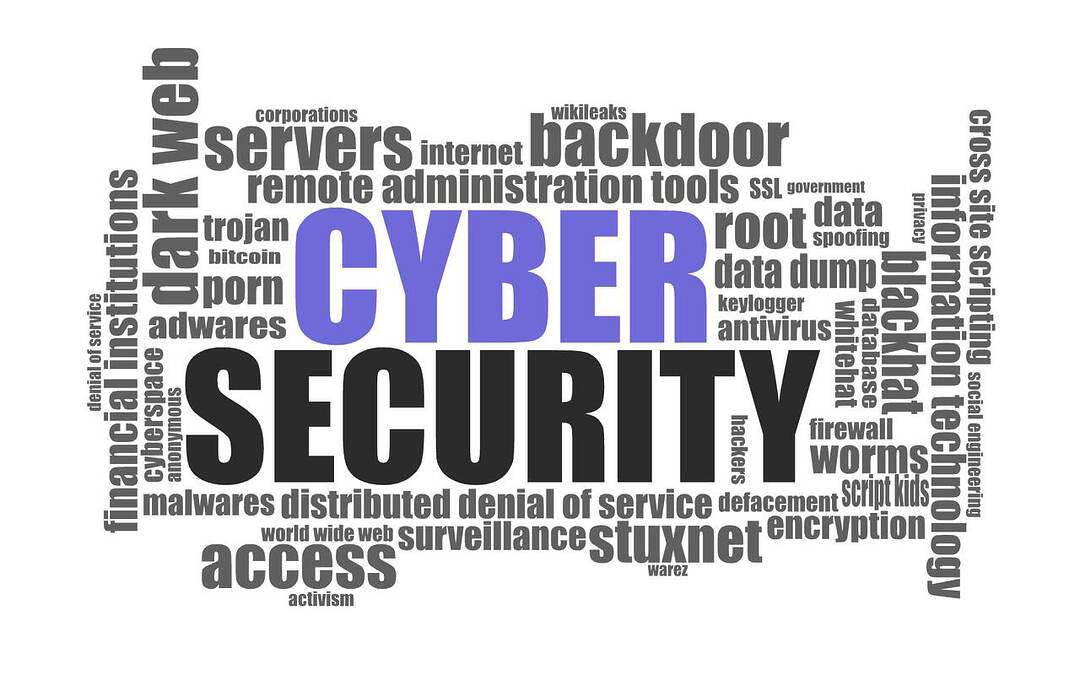
Jan 6, 2024 | Featured, General News
Performing cybersecurity reviews is critical for maintaining a secure network environment. Regular reviews are essential for safeguarding against potential cyber-attacks and ensuring critical assets’ confidentiality, integrity, and availability.

Aug 24, 2023 | Featured, General News
SPF, DKIM, and DMARC provide protections against forged emails (spoofing), spam, and phishing attempts by verifying senders’ identities and ensuring email integrity.

Mar 23, 2022 | Featured, General News
Click play to listen to this article https://exceed-corp.com/wp-content/uploads/2023/08/id-please.mp3 Do you need additional time, people, or expertise for your special project? Perhaps your disaster recovery and business continuity plan have been approved, or your...



